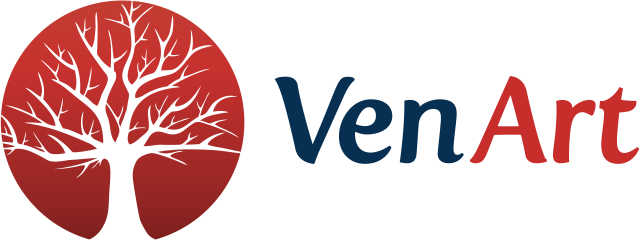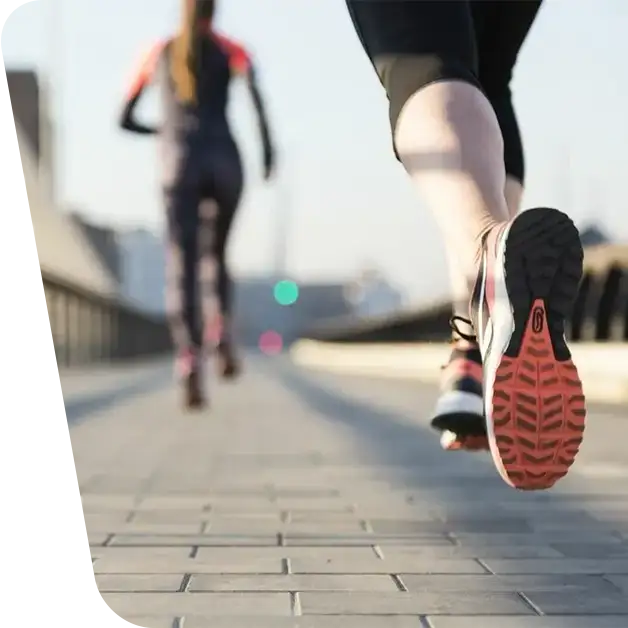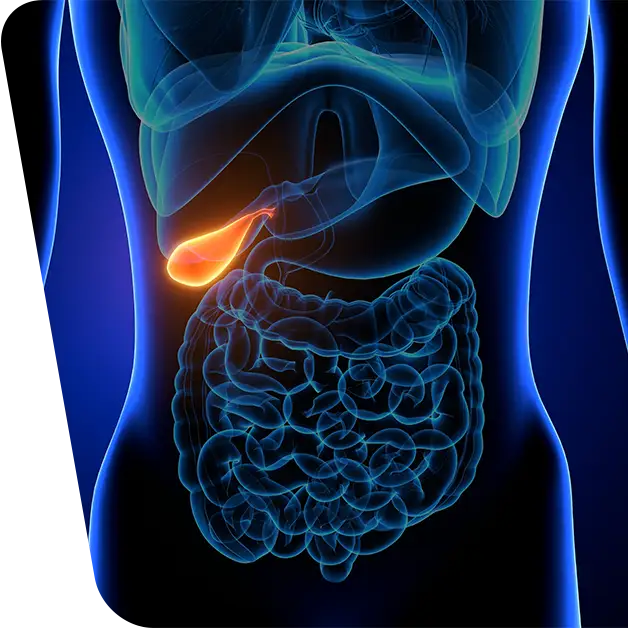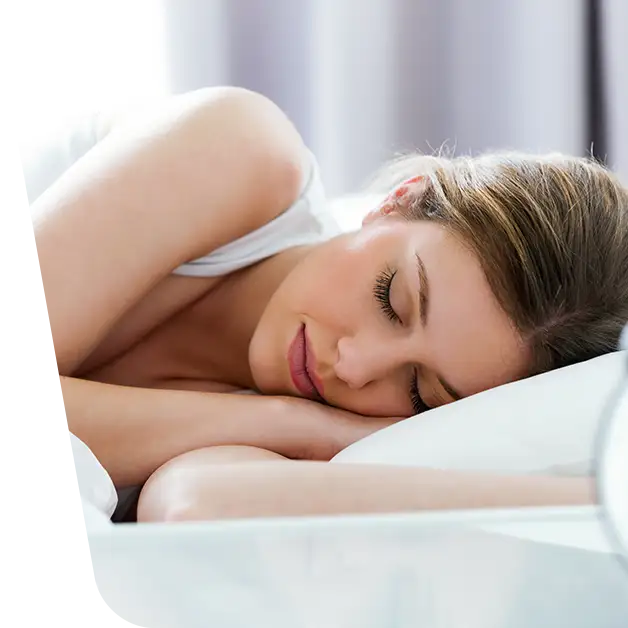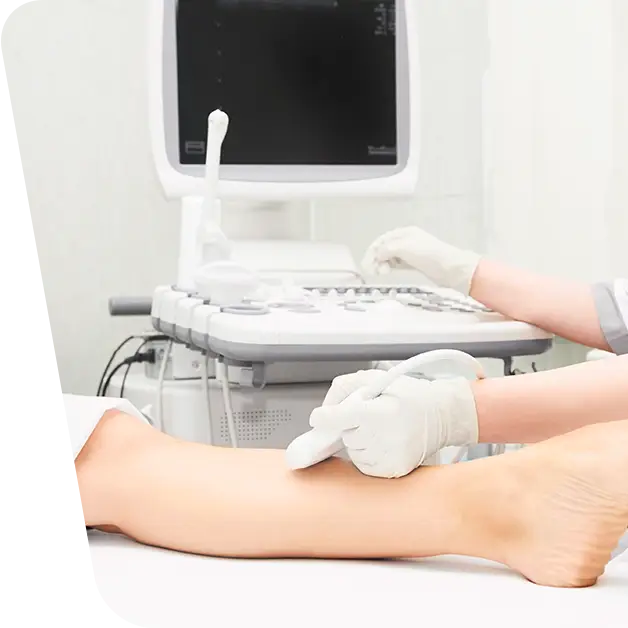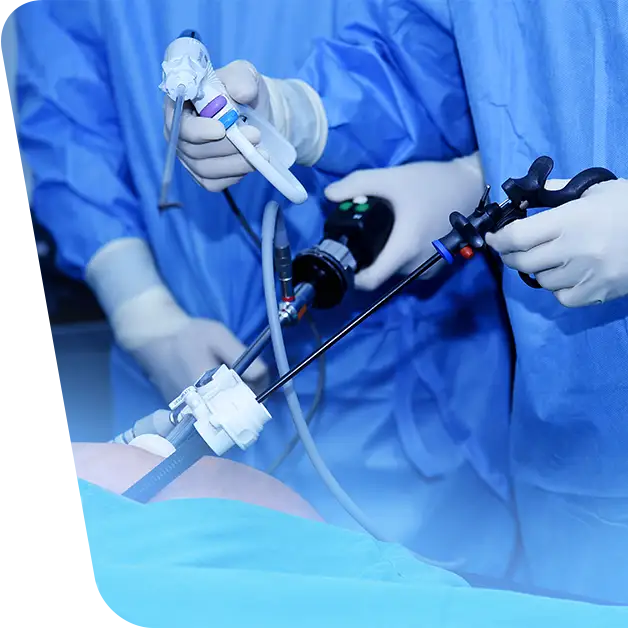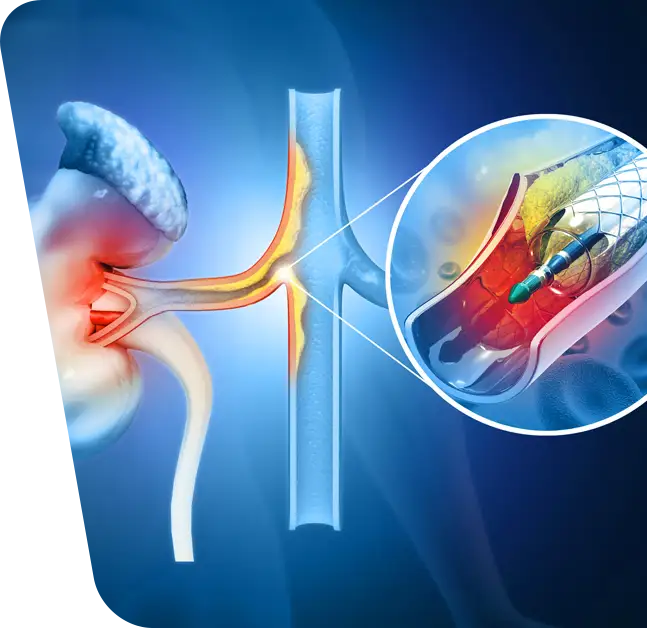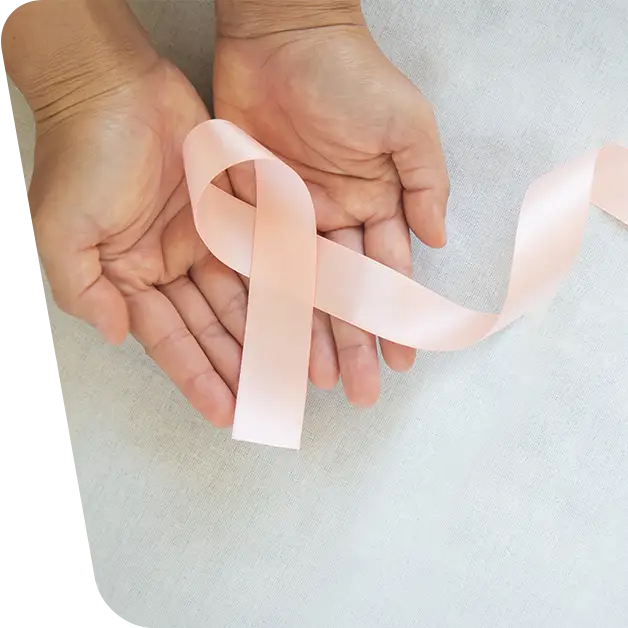Table of contents
ToggleWhat is foam sclerotherapy?
Foam sclerotherapy is the most effective treatment for varicose veins, but before we reveal all the details of this treatment we need to understand what varicose veins are and what risk factors we are exposed to when we do not go to the specialist and decide to postpone varicose vein removal.
What are spider veins?
Spider veins (telangiectasias) are a very common but unsightly condition.
To demonstrate how common this condition is, a group of researchers analyzed 1566 people and found spider veins in 84% of them. Because they do not usually cause medical complications, they can be removed for aesthetic reasons, through laser procedures or foam sclerotherapy.
What do spider veins look like?
Spider veins are so called because of the way they look, the network of blue veins resembling a spider’s web. They are dilated blood vessels, just like classic varicose veins, but much smaller and closer to the surface of the skin. These unsightly veins can occur anywhere on the legs but usually appear in the area behind the knee.
What causes spider veins
The causes of spider veins (telangiectasias) are as follows:
- Standing up every day, countless hours;
- Heredity;
- Obesity;
- Hormonal imbalances;
- Birth control pills;
- Increased pressure in the abdomen;
- Some women have a higher risk of developing telangiectasias, i.e. spider veins on the legs (and more).
What are the complications of spider veins?
Spider veins (telangiectasias) are more of an aesthetic concern. However, they can bleed when acted upon mechanically, for example when bruising or washing the skin too vigorously. Bleeding can cause bruising under the skin. Varicose veins can also bleed. Depending on the severity of the bleeding it may be necessary to consult a doctor urgently. Varicose veins are more prone to the development of blood clots which, if dislodged, can be carried to the lungs, causing a potentially dangerous pulmonary embolism.
How can we prevent varicose veins?
If you already suffer from varicose veins, but are in the early stages, or know that your genetic inheritance could affect you, here’s what you need to do to improve and/or stagnate the development of varicose veins:
- Adopt a healthy lifestyle;
- Adopt a balanced and healthy diet to prevent obesity and help maintain a normal weight;
- Stay hydrated;
- Exercise and movement helps, but not to excess;
- Eliminate sedentary lifestyles, but don’t stand more than you should;
- Avoid heels and uncomfortable shoes; Avoid hot baths;
- Avoid tight trousers on your legs as they make it harder for blood to circulate;
- Quit smoking;
- Drink coffee in moderation;
- Drink alcohol only occasionally or not at all.
The most popular procedures for treating varicose veins are:
- Foam sclerotherapy;
- Laser procedures.
What is sclerotherapy?
Sclerotherapy is the most effective treatment for varicose veins, consisting of injecting the affected veins with a sclerosing solution: in foam or liquid form. Once the solution is injected with a fine needle, an inflammatory reaction is produced in the vein and the vein is closed. The inflammatory reaction is controlled and the treated vein closes permanently, becoming almost invisible or even invisible. In this way the vein once affected by varicose veins is resorbed by the body in a natural way.
Why spider vein foam sclerotherapy?
Because it treats an extensive range of veins in the process of developing into varicose veins and is aesthetically uncomfortable. It treats dilations of small blood vessels, reticular veins, isolated varicose veins, recurrent varicose veins and even varicose veins located below the knee.
Is foam sclerotherapy forbidden to any patient?
Foam sclerotherapy is prohibited for patients suffering from acute thrombophlebitis, occlusive arterial disease or patients who are allergic to the sclerosing substance. The specialist doctor determines whether or not the treatment is indicated for the patient, depending on the patient’s state of health.
How is foam sclerotherapy performed?
The doctor determines which veins will be treated with foam sclerotherapy. Sclerosing foam in the recommended concentration is injected into the veins, the blood flow is stopped and the veins are completely closed.
With this procedure the discomfort is particularly low, the pain is minimal and the obliteration of the reticular veins is immediately visible.
What are the main advantages of foam sclerotherapy?
- No anesthesia;
- Procedure takes a few minutes;
- The procedure is performed on an outpatient basis;
- The patient can move immediately after the procedure;
- Discomfort and redness disappear within 72 hours after the procedure;
- No side effects, complications or risk factors;
- Does not require special recovery, and the patient can resume a normal life immediately after the procedure;
- Cost-effective.
Thousands of patients have been treated for varicose veins at the VenArt clinics in Cluj-Napoca and Bucharest, where the medical team has over 8 years of experience in vascular surgery. VenArt Clinic collaborates with doctors with vast experience, equipment and working conditions and sterility very high performance, and the degree of patient satisfaction is very high.
